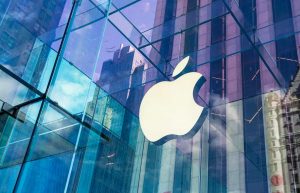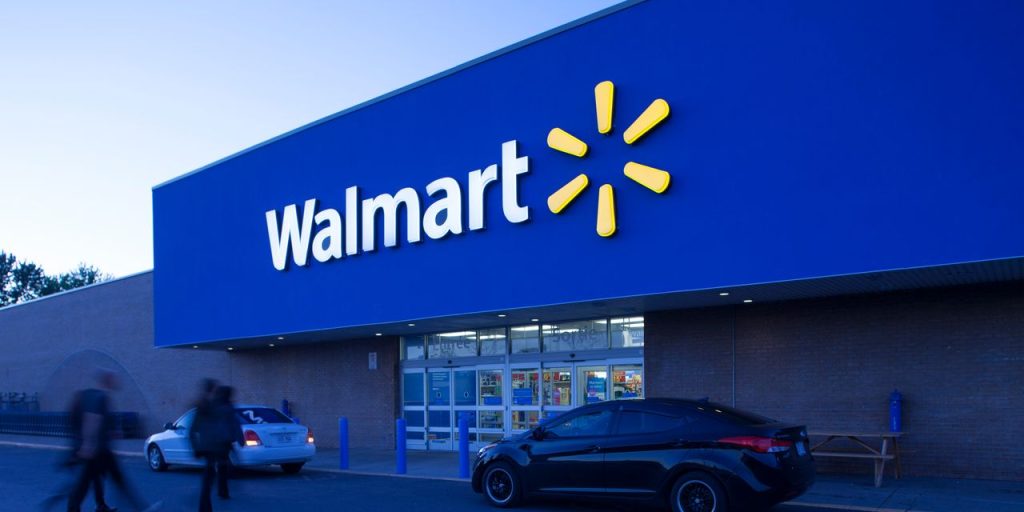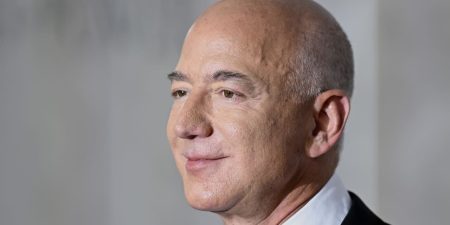Considering three years of economic upheaval that have driven up prices and consumer resentment, consumer spending could be worse.
When the nation’s biggest retail chains report this week — Walmart Inc., Target Corp. and Macy’s Inc.
M,
are among them — executives could help further dissect what has been called the “bad vibes” economy, as the holidays approach, Wall Street remains skeptical and signals across the retail industry remain mixed.
“Our macro view is one of caution at the low end consumer and within the U.S. wholesale channel, department store and outlet channel into Spring/Summer ’24,” TD Cowen analyst John Kernan said in a note last month.
Lower-income consumers have been hit harder by rising prices for basics. And those higher prices overall have made customers more selective when they spend on things they want rather than things they need. Higher energy prices and borrowing costs, as well as stricter credit conditions and the return of student-loan payments, have also posed threats to demand.
UBS analysts, in a research note on Thursday, said that within so-called softlines retail — that is, things like clothes — retailers were still cutting prices in an effort to clear items that shoppers don’t want.
“It’s getting worse,” read part of that note’s headline.
“Our view is the market underestimates the pressure on industry sales from U.S. consumers’ decreasing ability and willingness to spend on apparel and footwear,” the analysts continued.
“We expect sales trends to weaken over the course of 4Q23 (link),” they said. “Plus, new October data increases our conviction companies will experience more gross margin pressure than the Street forecasts because it shows discounting increased (year-over-year) and inventory levels reached a new peak.”
Home-improvement retailer Home Depot Inc.
HD,
reports results on Tuesday, as a tight supply of available homes, higher prices and mortgage rates continue to raise questions about homebuyer demand. Target
TGT,
reports Wednesday, as more-expensive essentials leave its consumers with less room to spend outside the grocery section. Walmart
WMT,
which reports on Thursday and sells more groceries, has fared better with investors, and the company has said it has attracted both higher-income and lower-income shoppers seeking cheaper options.
However, consumer-traffic analytics firm Placer.ai found that foot traffic fell in the third quarter for those three retailers, as well as BJ’s Wholesale Club Holdings Inc.
BJ,
which reports Friday.
“One takeaway from the data is that the screws do appear to be tightening on American consumers as visits to most of the retailers mentioned are down year-over-year,” the firm said in an email.
Still, the National Retail Federation, an industry group, said it expected record spending during the holiday season, which it defined as Nov. 1 through Dec. 31. The group said it expected a sales increase of between 3% and 4% to a range of $957.3 billion to $966.6 billion.
This year’s holiday season will follow 2021’s supply-chain backups that pushed up shipping costs, and a wave of discounts last year as those backups, coupled with a shift in demand toward basics after the war in Ukraine initially drove up food prices, forced many shoppers to prioritize basic necessities. But Jack Kleinhenz, the NRF’s chief economist, said despite the pressures on shoppers, some government data showed consumers had more pandemic-era savings than once thought.
“While there is significant uncertainty surrounding the measurement of how well the economy is performing, it continues to move forward and defy recession predictions, proving it to be more resilient than anticipated,” Kleinhenz said in a statement on Wednesday.
“I expect the recent rhythm of spending will continue into the holiday season and that consumers will continue to spend on a range of items and experiences but at a slower pace,” he continued.
Adobe expects U.S. shoppers to spend a record $221.8 billion online over the holiday season, helped by holiday discounts. Vivek Pandya, lead analyst for Adobe Digital Insights, said that while customers were on firmer footing than last year, they could sacrifice higher-priced faster shipping options, cram more of their shopping into big discount days, and turn to buy-now-pay-later services to get what they need for the holidays.
Other retailers, like TJX Cos.
TJX,
— the owner of T.J. Maxx and Marshalls stores — Bath & Body Works Inc.
BBWI,
Gap Inc.
GPS,
and bargain clothing chain Ross Stores Inc.
ROST,
also report during the week. In August, Ross Stores, which draws a lot of low and middle-income shoppers, cited “easing inflationary pressures.”
Still, TJX recently said it would close a handful of stores, according to reports. And Target, in September, said it would close nine locations, citing theft, an issue that has become a bigger topic on earnings calls this year, amid reports of bold and sometimes violent heists. But with it have come more questions on how much the data backs up executives’ complaints.
This week in earnings
Elsewhere, Advance Auto Parts Inc.
AAP,
reports results, after S&P Global Ratings in September downgraded the auto parts retailer’s credit to “junk” and said it believed the company had given up market share amid strategic missteps. Warner Music Group Corp.
WMG,
and Applied Materials Inc.
AMAT,
also report.
Twelve S&P 500 companies, including three Dow 30 members, report this week, according to FactSet.
The call to put on your calendar
Tyson Foods and food prices: Food prices have stayed elevated over the past year, and Tyson Foods Inc., the large poultry and beef producer, could offer more color on those trends when it reports quarterly results on Monday. The company, after raising prices last year, in August reported a decrease in prices for pork and chicken. But consumers are still struggling to keep up, and the company is closing some plants in an effort to cut costs. Media outlets in September also reported that Tyson
TSN,
and Perdue Farms faced a Labor Department investigation after a New York Times Magazine report on migrant children working at their plants. Representatives for both companies said they would cooperate with investigators, according to the New York Times.
The numbers to watch
Cisco, Palo Alto sales: Networking giant Cisco Systems Inc. reports results on Wednesday. The results will arrive after its $28 billion deal to buy cybersecurity firm Splunk Inc.
SPLK,
as cyberattacks grow more severe, and as Cisco
CSCO,
tries to expand its software and security products, deal with potentially cautious IT budgeting, and move toward AI like every other tech player. Raymond James analyst Simon Leopold recently said he expected strong results from Cisco, but expressed concerns about future growth.
Wedbush analyst Daniel Ives in September said Cisco’s acquisition of Splunk was “a shot across the bow at Palo Alto, Checkpoint, Crowdstrike, Microsoft, Zscaler and others that the tech stalwart is not sitting idle in this market and now is making an aggressive play to gain market share in the coming years.” When Palo Alto Networks
PANW,
reports on Wednesday, executives could offer more detail on the dynamics of that competition.
Read the full article here















